

Learn
Discover the benefits of LED red light therapy for your skin, body, mind, and soul.
At Aurelux Beauty, we want people to embrace their unique beauty with confidence and joy. We are dedicated to creating high-quality, innovative LED red light therapy and advanced skin care products that enhance natural beauty while promoting self-care and wellness. We believe in the transformative power of beauty to inspire self-expression, confidence, and a sense of belonging for everyone, everywhere.
AURELUX BEAUTY
Benefits of Light Therapy
About red light therapy
WHAT IS RED LIGHT THERAPY?
Red light therapy, also known as low-level light therapy or photobiomodulation, is a natural treatment that uses low-level red or near-infrared light to stimulate the body's cells and promote healing. This therapy can be administered using various devices, including handheld devices, lamps, and full-body beds.
RED LIGHT THERAPY, IN SIMPLE TERMS
Red light therapy uses light to help your body heal and feel better. It works by shining a special light on your skin or the affected area. This light is absorbed by the cells, enhancing their function by boosting the mitochondria—the cells' powerhouses—to produce more energy. Increased cellular energy can reduce inflammation and improve overall bodily functions. Red light therapy is generally safe with few side effects. If you're interested, consult a healthcare provider and follow usage instructions carefully.
HOW RED LIGHT THERAPY WORKS AT THE CELLULAR LEVEL
Red light therapy primarily works by stimulating the mitochondria in cells to produce more ATP (adenosine triphosphate), the primary energy source for cells. Increased ATP production can lead to reduced inflammation and improved cellular function. This is particularly beneficial for muscle and joint pain, as well as skin conditions like acne and rosacea.
THE SCIENCE BEHIND RED LIGHT THERAPY
Scientific studies on red light therapy have shown promising results. For instance, research indicates that red light therapy can effectively reduce muscle and joint pain and improve skin conditions such as acne and rosacea. While more research is needed to fully understand its mechanisms and benefits, red light therapy is generally considered safe with minimal side effects, such as mild eye irritation or light sensitivity.
KEY TAKEAWAYS ABOUT RED LIGHT THERAPY
Natural Treatment: Red light therapy uses low-level red or near-infrared light to promote healing by stimulating the body's cells.
Mechanism of Action: It enhances mitochondrial function to produce more ATP energy, reducing inflammation and improving cellular function.
Historical and Scientific Validation: Used for centuries, red light therapy has undergone scientific study with promising results for various health concerns.
Safety: Generally safe with few side effects, but more research is needed to fully understand its benefits.
Consultation Recommended: Consult a healthcare provider before starting red light therapy and follow the manufacturer's instructions carefully.
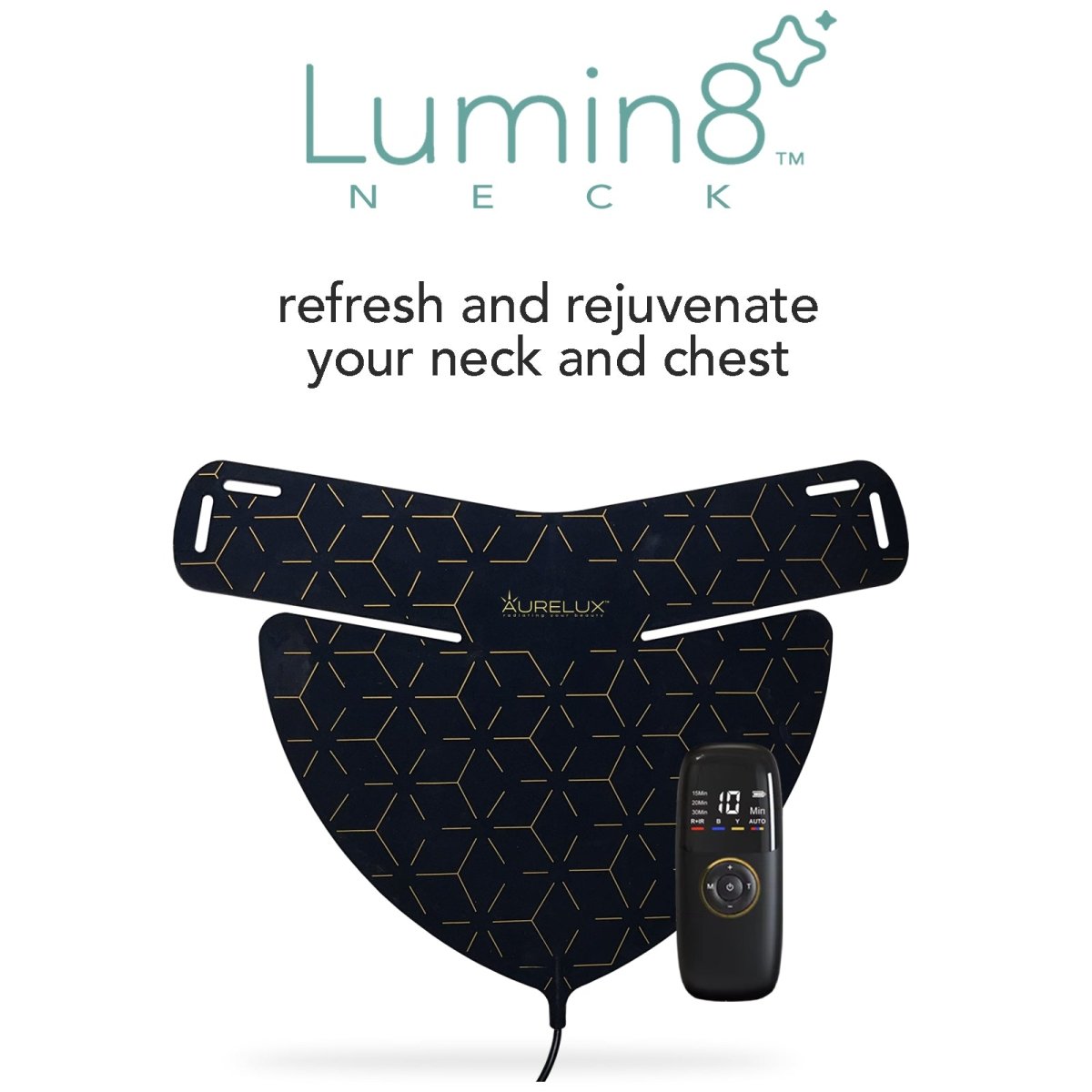
AURELUX BEAUTY
Lumin8™ LED light therapy neck deck (black)
Share
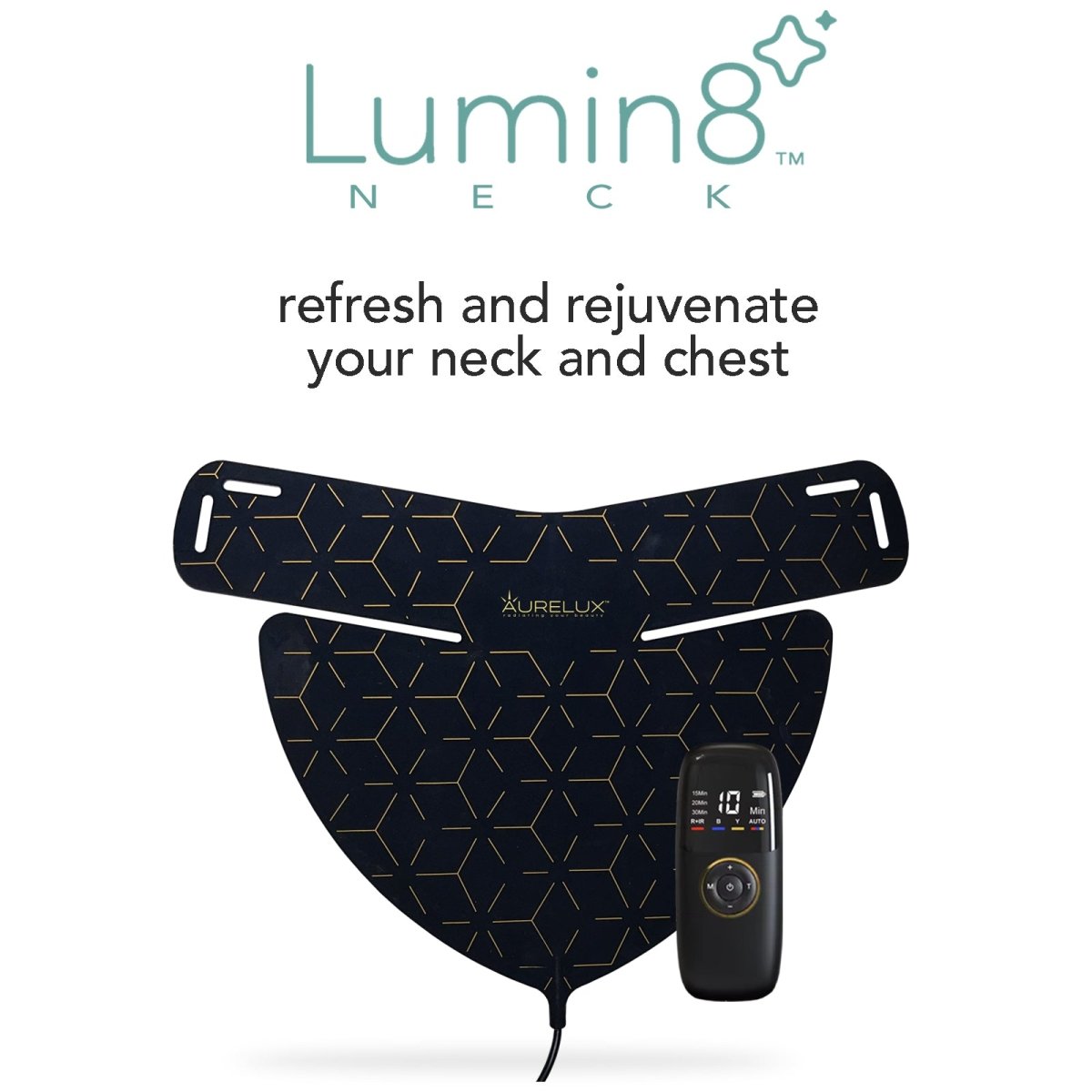
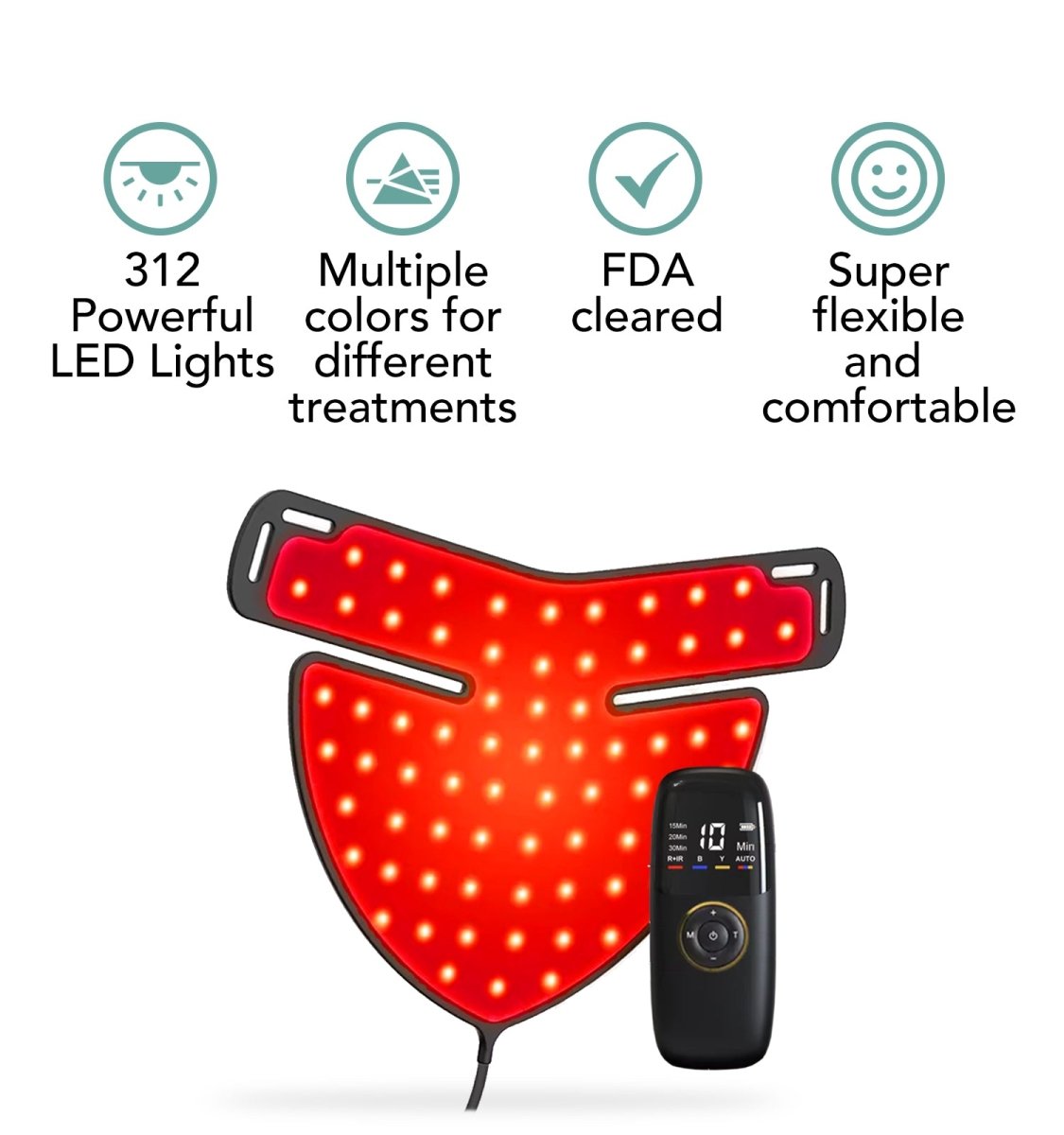
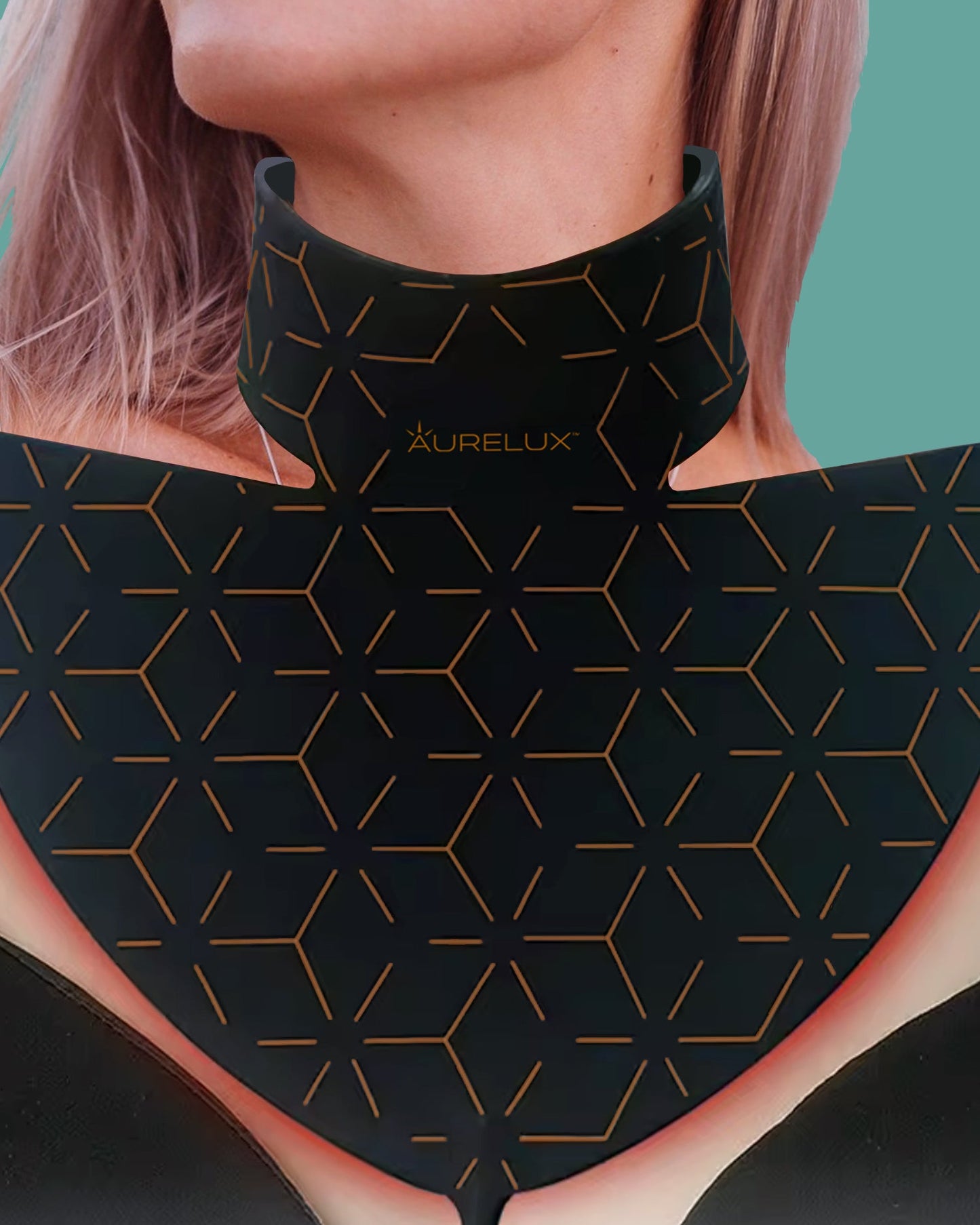
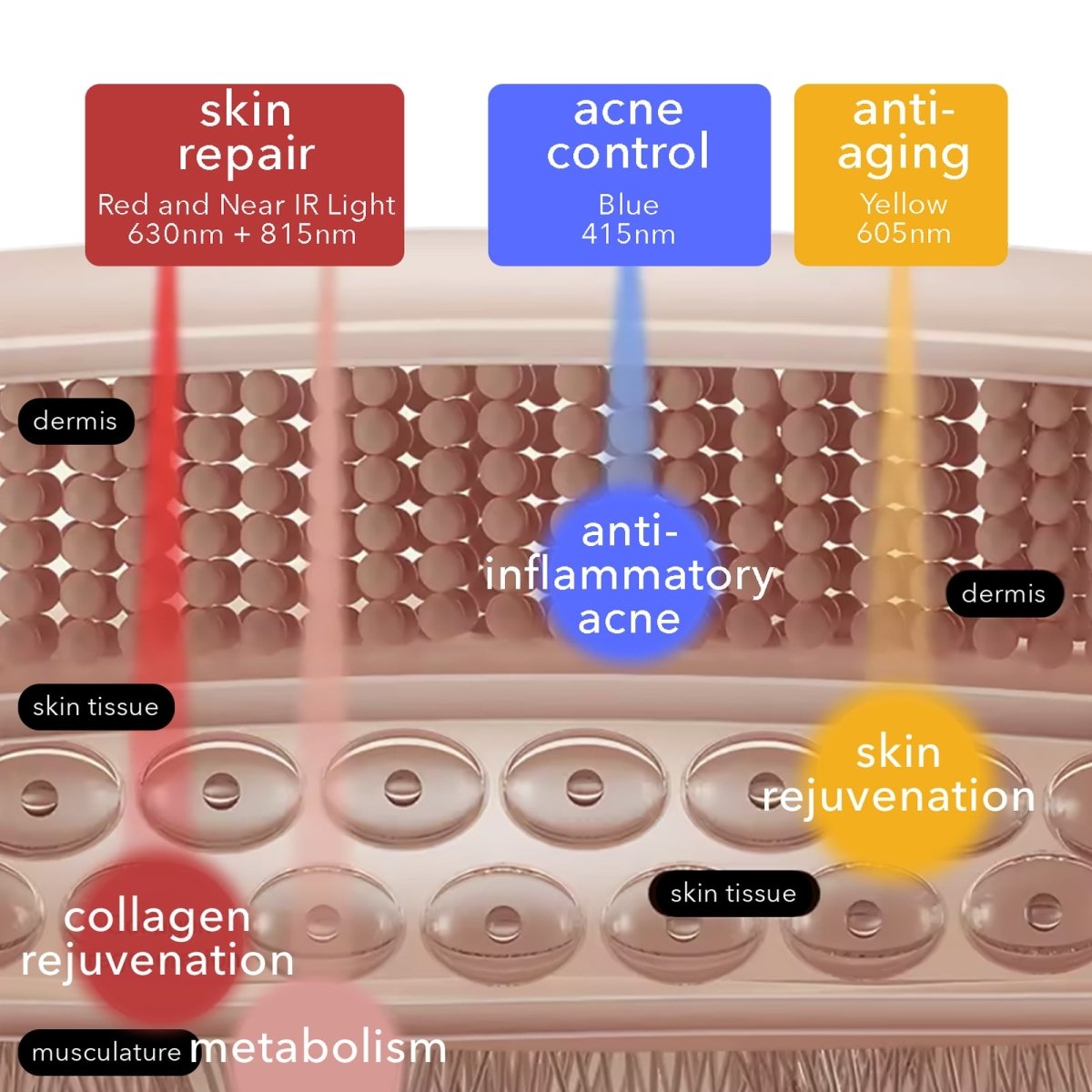
The Latest from Aurelux
View all-
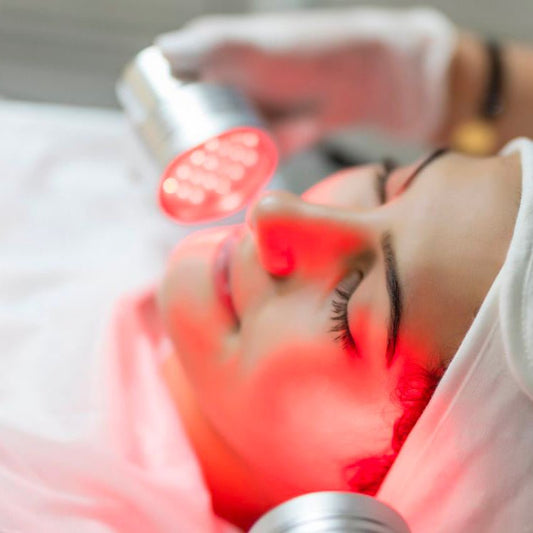
Preparing Your Skin for Red Light Therapy
Properly preparing your skin for red light therapy is essential to maximize its benefits. Here's a simple guide to follow before your appointment:- Maintain Your Regular Skincare Routine: Continue your...
Preparing Your Skin for Red Light Therapy
Properly preparing your skin for red light therapy is essential to maximize its benefits. Here's a simple guide to follow before your appointment:- Maintain Your Regular Skincare Routine: Continue your...
-
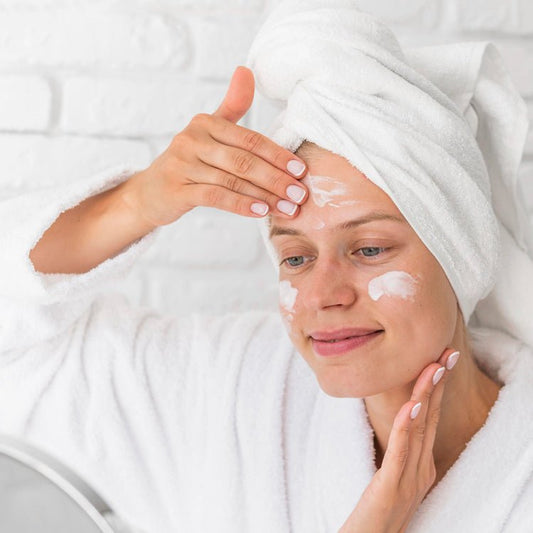
Adding skin care products to boost your red lig...
Red light therapy can diminish fine lines, especially around the eyes. Applying an anti-aging cream or serum after PBMT can speed up results. Opt for products with peptides, retinol, vitamin...
Adding skin care products to boost your red lig...
Red light therapy can diminish fine lines, especially around the eyes. Applying an anti-aging cream or serum after PBMT can speed up results. Opt for products with peptides, retinol, vitamin...
-

Skin conditions best suited for red light therapy
Red light therapy can be an effective treatment for some common skin conditions
Skin conditions best suited for red light therapy
Red light therapy can be an effective treatment for some common skin conditions
Dive deep and Learn more
The science & research
Low-level laser (light) therapy (LLLT) in skin: stimulating, healing, restoring.
National Center for Biotechnology Information (NCBI).
A Controlled Trial to Determine the Efficacy of Red and Near-Infrared Light Treatment in Patient Satisfaction, Reduction of Fine Lines, Wrinkles, Skin Roughness, and Intradermal Collagen Density Increase.
National Center for Biotechnology Information (NCBI).
Mechanisms and applications of the anti-inflammatory effects of photobiomodulation.
National Center for Biotechnology Information (NCBI).
Effects of low-power light therapy on wound healing: LASER x LED.
National Center for Biotechnology Information (NCBI).
A clinical review of phototherapy for psoriasis.
National Center for Biotechnology Information (NCBI).
A prospective, randomized, placebo-controlled, double-blinded, and split-face clinical study on LED phototherapy for skin rejuvenation: Clinical, profilometric, histologic, ultrastructural, and biochemical evaluations and comparison of three different treatment settings.
Photobiomodulation: Lasers vs Light Emitting Diodes?
National Center for Biotechnology Information (NCBI).
The Nuts and Bolts of Low-level Laser (Light) Therapy.
National Center for Biotechnology Information (NCBI).
https://www.ncbi.nlm.nih.gov/pmc/articles/PMC3288797




